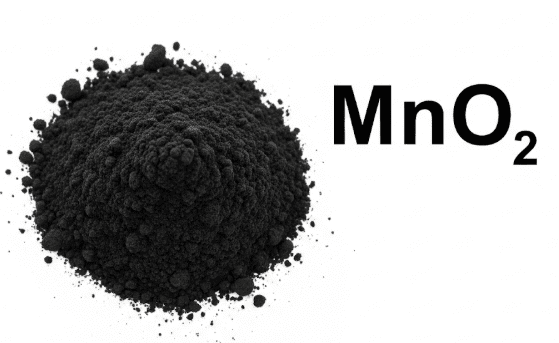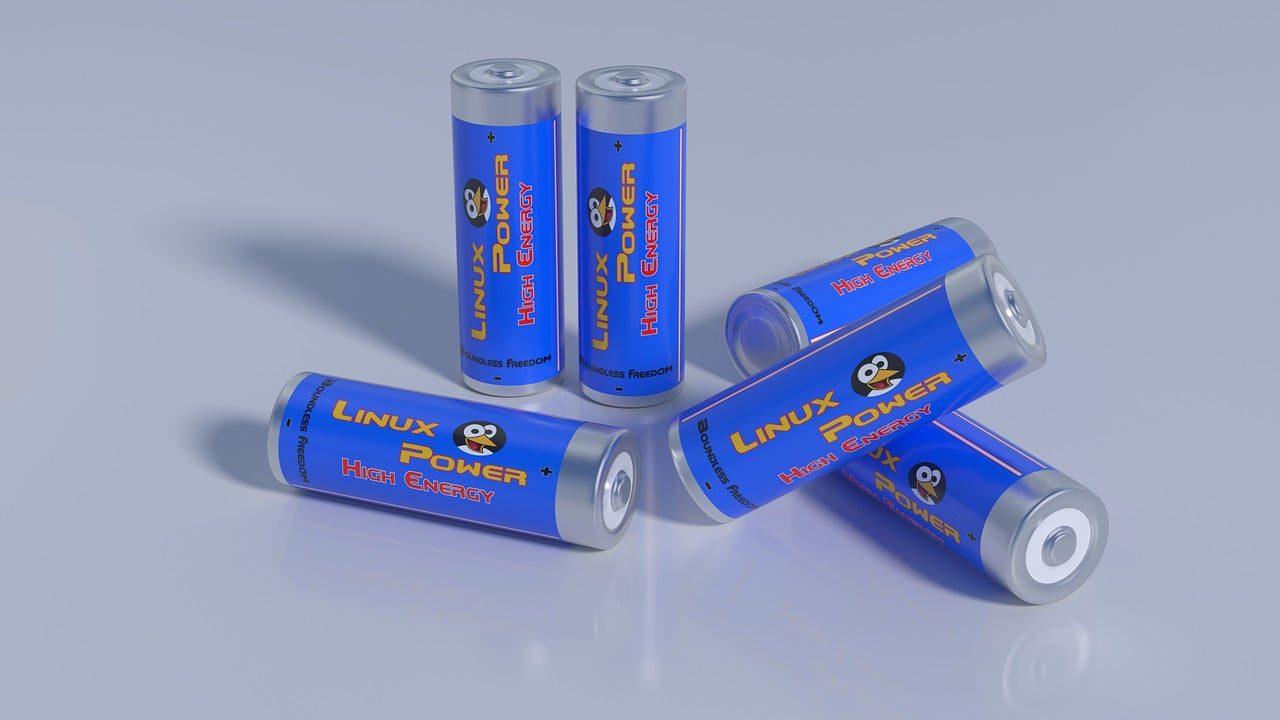
Manganese dioxide (MnO₂) is an inorganic compound critical to diverse industrial processes. As a natural mineral (pyrolusite) and synthetic material, its unique properties make it indispensable across key sectors.
Chemical and Physical Characteristics
MnO₂ has a molar mass of 86.94 g/mol, appearing as black/brownish-black powder with a density of 5.03 g/cm³. It decomposes at 535°C and crystallizes in polymorphic forms, primarily rutile, which enhances its stability and reactivity.
Chemical Behavior
As a strong oxidizing agent, MnO₂ reacts with concentrated hydrochloric acid when heated to produce chlorine (MnO₂ + 4HCl → MnCl₂ + 2H₂O + Cl₂↑). It exhibits amphoteric properties, reacting with acids and bases, and forms manganates with alkali metals under heat.
Core Industrial Applications
Battery Manufacturing
MnO₂ is foundational in dry-cell batteries, serving as the cathode in alkaline and zinc-carbon batteries. Its role as a depolarizer prevents hydrogen gas buildup, ensuring consistent electron flow. The electrochemical reaction (MnO₂ + H₂O + e⁻ → MnO(OH) + OH⁻) enables stable 1.5V output, powering devices from remote controls to flashlights.
In lithium-manganese dioxide batteries, it delivers higher energy density (up to 280 Wh/kg) and wide temperature tolerance (-40°C to 85°C), making it ideal for medical devices and aerospace applications. Its low self-discharge rate (less than 2% per year) extends shelf life, outperforming many alternatives.


Water Treatment
MnO₂ is irreplaceable for removing iron and manganese from groundwater. Dissolved Fe²⁺ and Mn²⁺ ions cause staining, odor, and bacterial growth. When water contacts MnO₂, these ions oxidize to insoluble Fe³⁺ and Mn⁴⁺, forming precipitates (Fe(OH)₃, MnO₂) that are filtered out.
Manganese greensand, a sand coated with MnO₂, is widely used in filtration systems. It achieves 99% removal efficiency for Fe²⁺ (down to 0.3 mg/L) and Mn²⁺ (down to 0.05 mg/L), meeting WHO standards. Regenerated with potassium permanganate, the media maintains effectiveness for 5–7 years, making it cost-efficient for municipal and industrial systems.
Metallurgy
In steel production, MnO₂ acts as a deoxidizer and desulfurizer. It reacts with dissolved oxygen to form manganese oxides (slag), reducing porosity and brittleness. For sulfur removal, it forms low-melting manganese sulfide (MnS), preventing “hot shortness” in steel.
In ferromanganese alloy production, MnO₂ is reduced with carbon in electric arc furnaces, yielding alloys with 70–90% manganese. These alloys enhance steel’s tensile strength (by 20–30%) and wear resistance, critical for automotive frames and construction rebar. Silicomanganese, derived from MnO₂, improves steel’s weldability in pipeline manufacturing.
Other Key Uses
MnO₂ also finds applications as a catalyst in chemical synthesis (e.g., producing potassium permanganate), a pigment in ceramics, and a soil supplement for manganese-deficient crops.
Natural Occurrence and Production
Pyrolusite, the primary mineral form, is mined in South Africa, Australia, and Brazil. Synthetic production involves oxidizing Mn²⁺ compounds or reducing Mn⁷⁺ compounds under controlled conditions.
Safety Considerations
Prolonged inhalation of MnO₂ dust may cause respiratory or neurological issues. Industrial handling requires ventilation and protective equipment.
MnO₂’s versatility in energy storage, water purification, and metallurgy solidifies its role as a critical industrial material, with ongoing research expanding its applications in green technologies.
